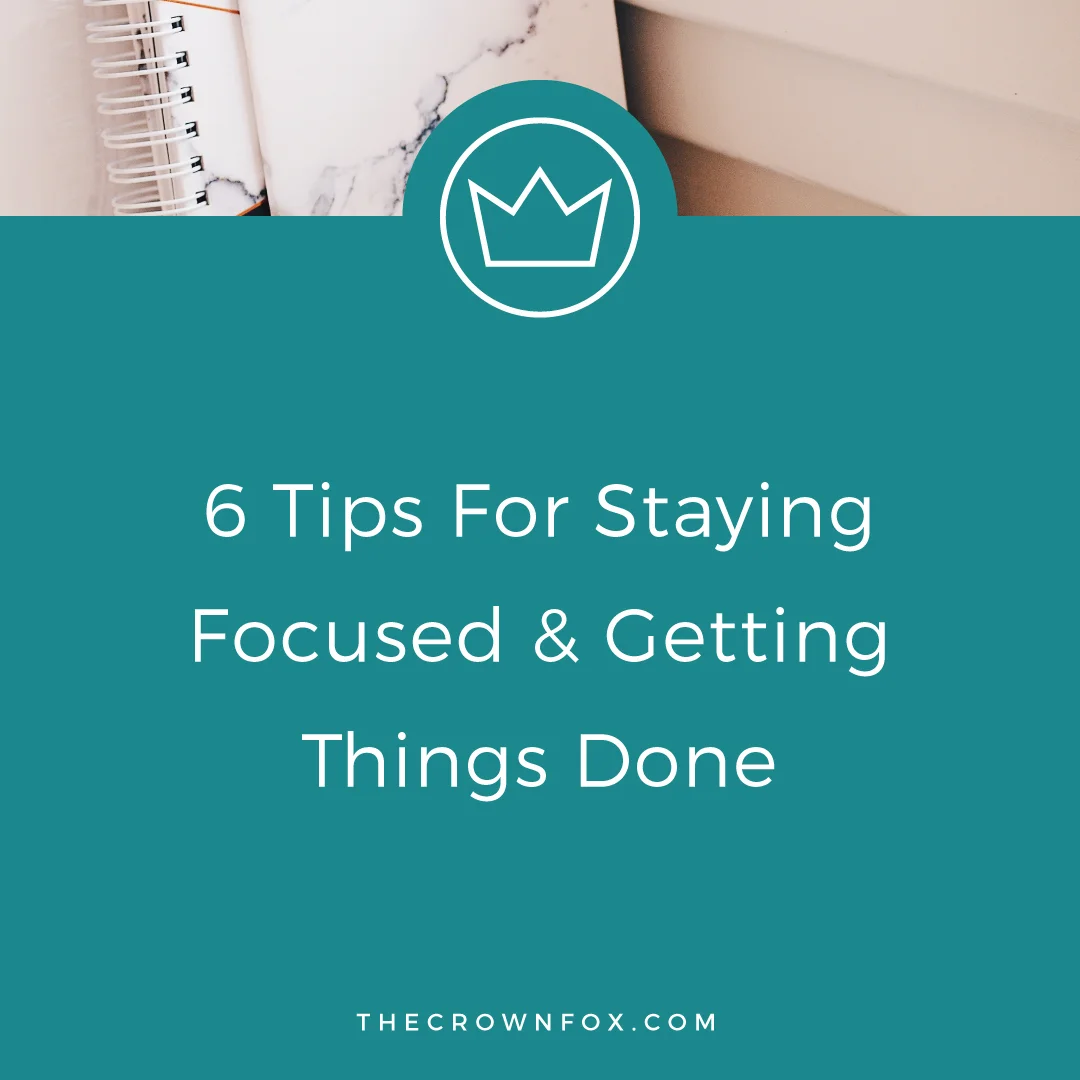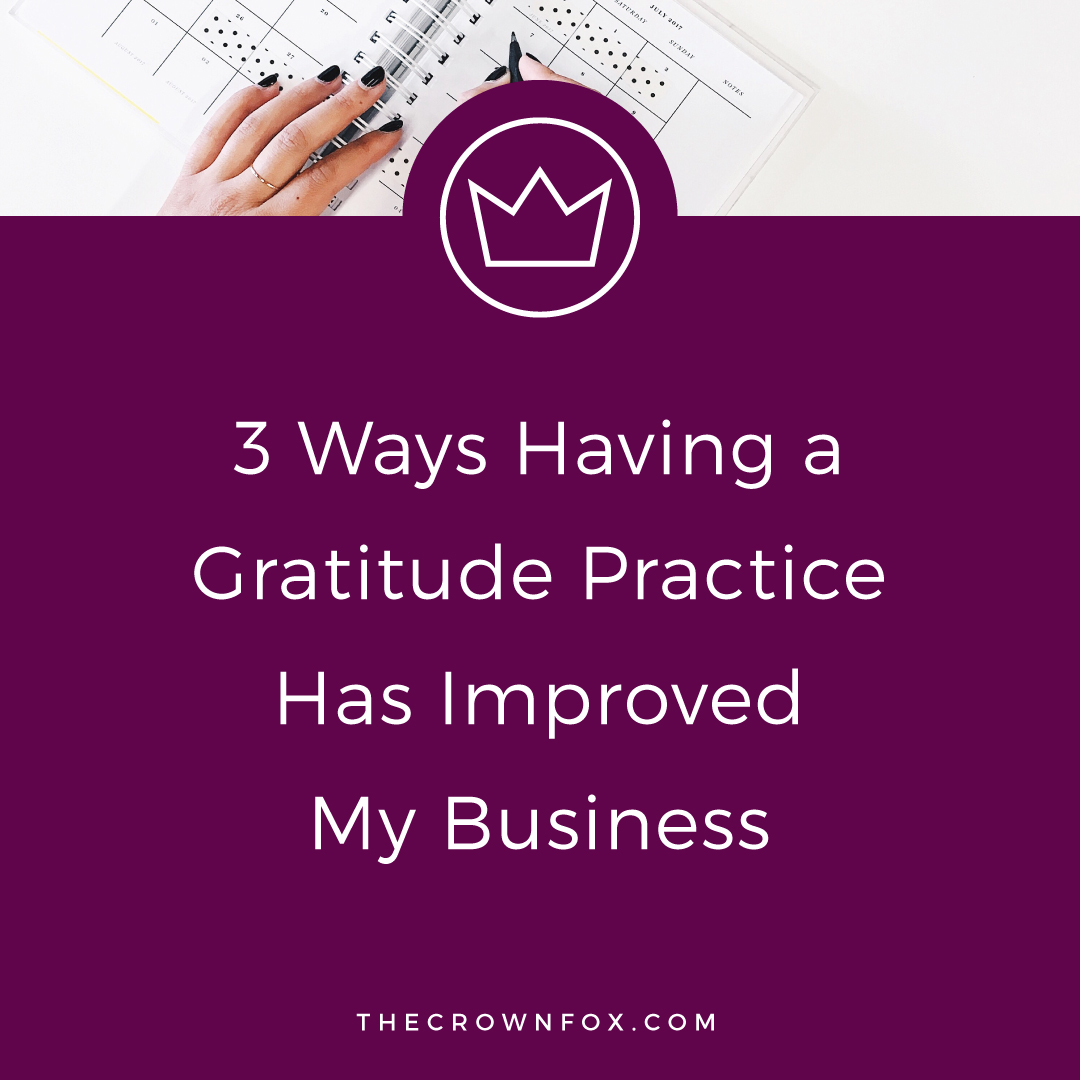I’ll be honest; this past month or so has been hectic for me. I’ve missed out on some of the community building that I was focusing on in January of this year and am itching to reconnect and refocus on what truly matters to me – building friendships, connections, partnerships, and business relationships with fellow online business owners or entrepreneurs (and creating opportunities for them to connect with each other, too). Having a community and having people that support you and understand you is such a huge relief on this journey through starting and running your own business.
If you haven’t found your “spot” yet and feel too new, I have good news for you: this blogging/business world is so supportive. It’s amazing. I know people in so many other industries and businesses that are so intense, cutthroat, and competitive. It sounds stressful and lonely. Luckily for us in this online business world that is NOT the case. People who are technically my competition are some of my best friends. It’s incredibly and inspiring. I am so fortunate to be in this arena with great people.
If you’re ready to focus on community, I have five things I’ve implemented, experimented with, and seen direct benefits from.
BE AVAILABLE + ASK QUESTIONS
This has been one of the biggest assets to growing a group of people that I feel comfortable and connected with. I try to be as open and available as possible – whether it be by email or social media or hopping on Skype to chat. Building on that, when you are connecting with people make sure to put the emphasis on asking questions and getting to know them better versus talking about yourself. In getting to know people I generally can start to see how we can work together, collaborate, teach each other things, etc.
That’s something that I think transcends business relationships actually and applies to every type of interaction or relationship. I’m sure there’s an important quote about it, but I don’t know it off the top of my head. But my point is that the focus should be outside of yourself, if you want to build valuable connections. I try to approach every new person, especially in business, as “what can they teach me?” and “how can I help/serve them?” So far it’s served me quite well.
Being available can feel hard, especially when there are not enough hours in the day to do all the other things in your business – but it’s so valuable to your business. I think posting 10 things to Twitter a day is a good idea, but I think interacting with 10 people a day on Twitter is a much better idea.
BE SOCIAL ON SOCIAL MEDIA
Building on that idea, make sure you use social media for its true purpose – to BE social. It’s not just a promotion platform. This is what I’ve been the most lax on lately (because I’ve been so busy) and I truly regret it! In January when I was more focused on social media and building a community I met so many amazing people daily just from being social on social media. I asked questions, answered questions, was on Periscope, was active in Facebook groups, etc.
So, clearly, that’s hard to manage time wise. I use time blocking so limit myself, but I do try to make a point to actually use social media and not depend fully on scheduling posts. Scheduling posts is useful but it’s not going to build a relationship. It’s not going to connect with someone on a personal basis. And if you want to focus on community – you need that personal element.
Another idea for managing time and social media is to focus heavily on the purpose/point you want to use each platform for. I talk about that more in this post but basically if you think Twitter is a great way to grow your peer relationships, then focus your energy and time on being social in that way while you are using Twitter (i.e. don’t waste time doing things that aren’t serving a purpose).
INTRODUCE + REFER + PROMOTE
Once you start building connections and getting to know people better something amazing happens. People start to care about your business, talk about your skills, and send interested parties your way. It’s seriously mind blowing. Most of my clients have been referrals from my peers, which I can’t even begin to show how thankful I am for that.
But, that works both ways. There are a lot of things I could technically do for my clients, but these things aren’t necessarily my specialty (or what I offer). Instead of telling them a flat “no” I can instead refer them to peers that I know will be a good fit for the job.
So throughout your experiences and newfound community focus, make sure to actually remember and utilize the people you meet. It’s not a one-time talk that grows communities! It’s being a consistent role in their lives, and welcome their role in your lives (or businesses). Being able to easily recommend help to others (and be the person to introduce people to each other) really builds up your influence and trust, which ultimately grows your business.
SHOW GRATITUDE
If you follow my blog you know that this is the MOST important thing to me for many reasons – but it applies to this blog post as well. You can most definitely never ever ever take the people who support you and your business and want to be along for the journey for granted. Ever. That is what makes your business successful! Without this support system you can’t grow to reach new heights.
Here’s what I mean: thank people for their support. It takes two seconds to say “thank you” when someone comments that they loved your post, or shares it with their audience. It isn’t difficult to be gracious; it takes just acknowledging the fact that someone supported you.
Something happens when you take the time to do it – suddenly there’s an opportunity for continued interaction and development. If you don’t take the time to show that you appreciate someone’s support then you don’t have the option to develop a possible friendship. There are people that I look up to for their business savvy, expert opinions, and amazing ideas – and that’s cool. But then there are also people I truly admire and want to bring in front of my audience, invest in products and services, and overall add to their success. What’s the difference in how I view these two groups of people? The latter have acknowledged my support, answered my questions or comments, and overall attempted to learn something about me – making me feel suddenly a lot more inclined to want to support them.
COLLABORATE
An awesome way to start developing a community is to collaborate with people. There are two different ways to look at this idea. First is that by collaborating with someone you can gain access to their existing community, or even just their audience (if they aren’t focusing on community yet). But another way is something that I am currently trying to implement in my own budding community – asking for collaborations (through guest posting on a blog, in this example).
Opening the doors to collaborating with people is such a good way to form partnerships and relationships because you are basically putting trust into someone else’s ability to do something and asking for trust from them. That’s the basis for relationships, right?
In my example I want to start a guest blog, so I sent out an email to my list and asked for submissions. I want to work together on a project and build each other up through this blog where we combine as one powerful resource! My thought was that starting this platform would be exciting, helpful, and allow cross-support between people involved. So, in your own community building plans think of how you can bring the interaction outside of “you” and “person” and make it more about “people” in general. A true community involves layers of support between everyone.
I hope this gives you some ideas about how you can approach building a community into your own business.








Hi! I’m Kaitlyn!
I believe that you can create a life and business you love by listening to your own inner guidance system. I think there's plenty of strategies + hacks to learn and a ton of “how to” content you can consume but ultimately you are your best guide, the best guru, the best compass, and the best source of inspiration! I’m here to help you learn to trust that voice inside, step into your incredible power, and create YOUR dream business + life.
Let’s work together!